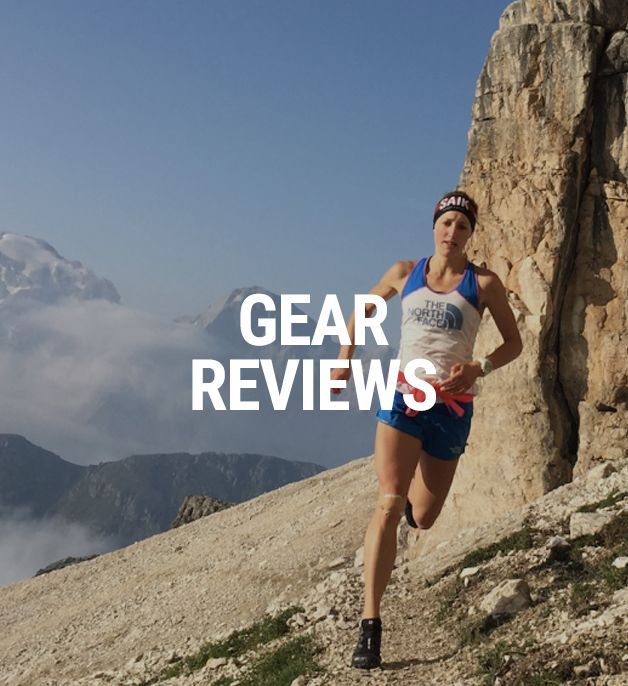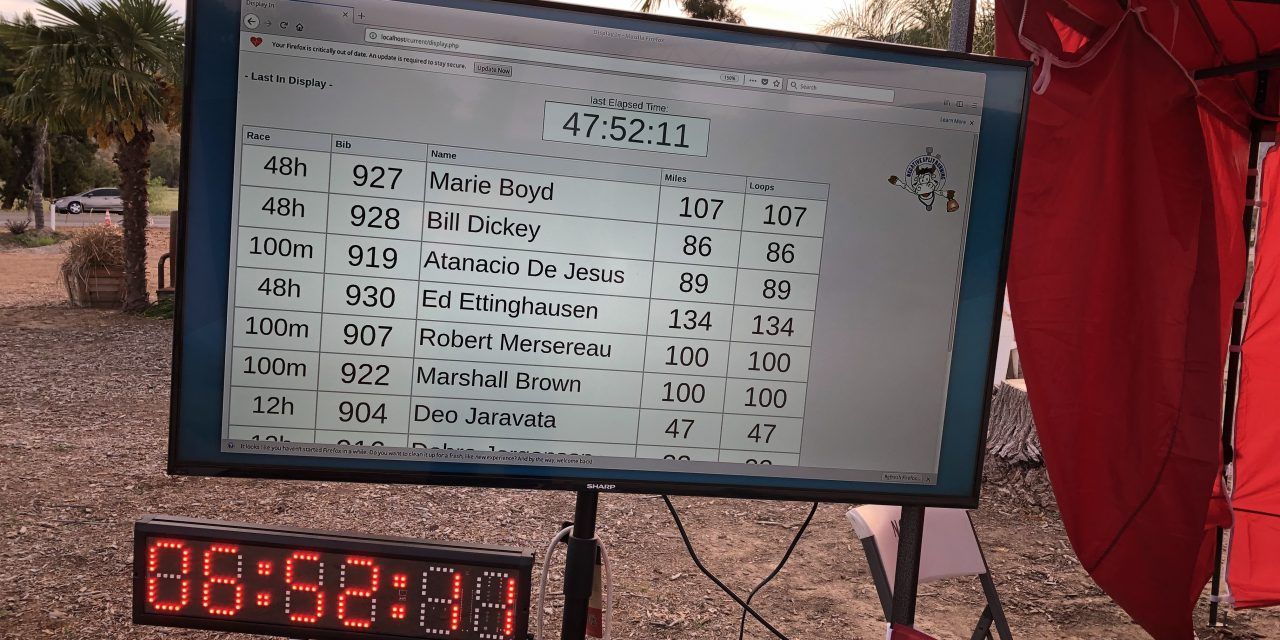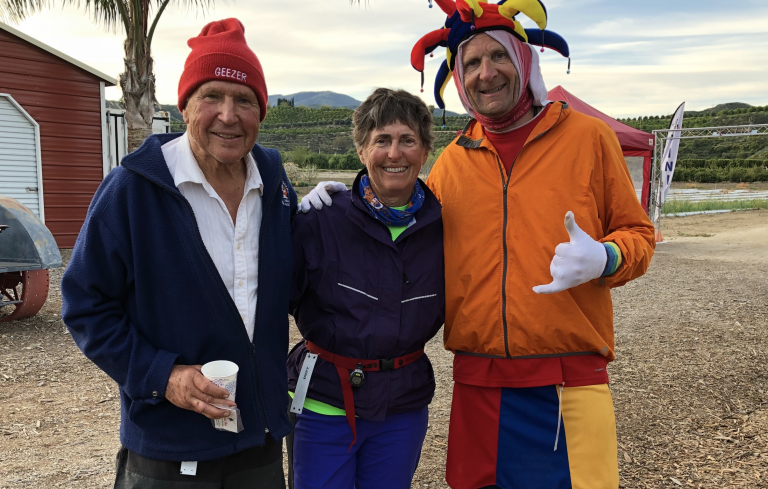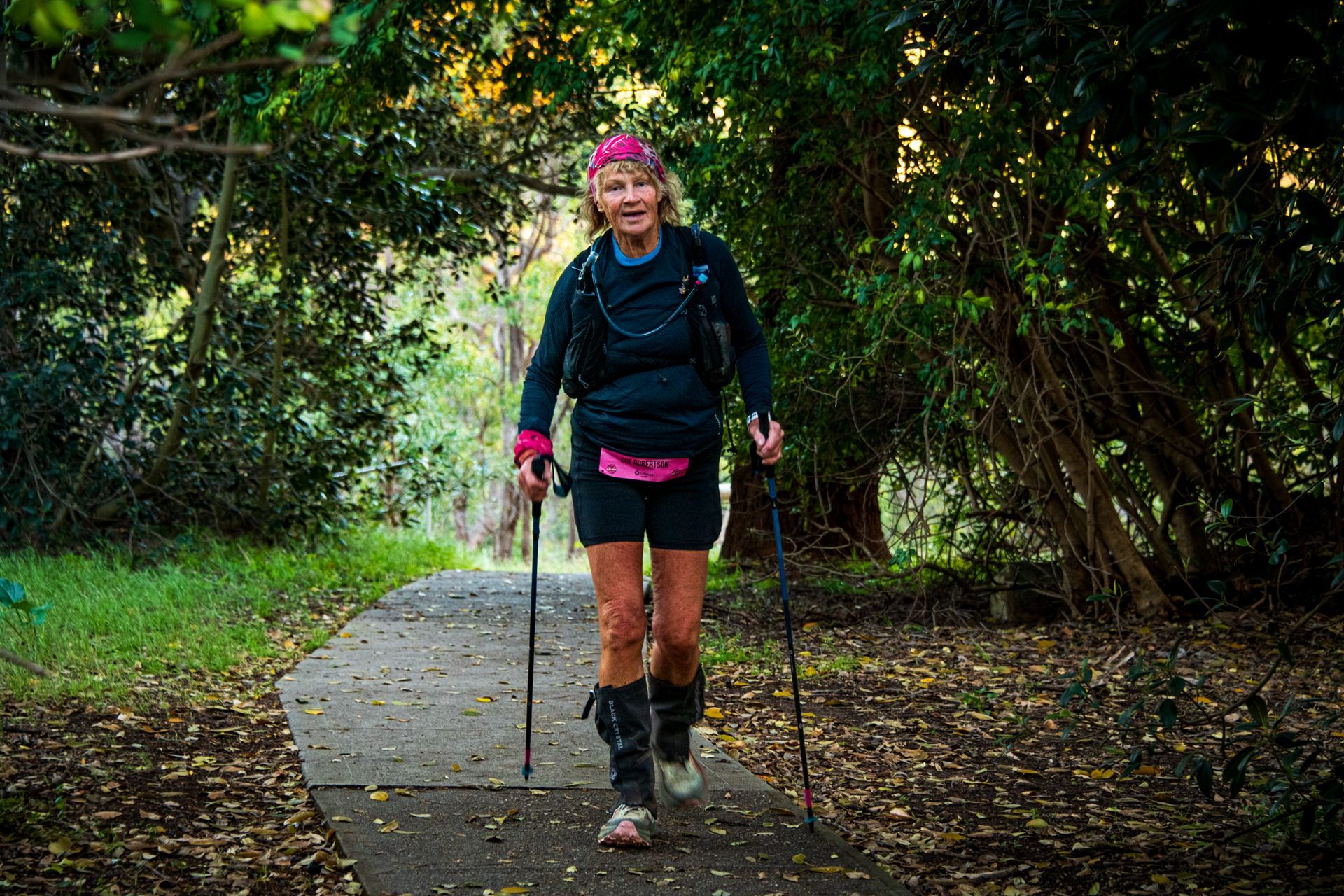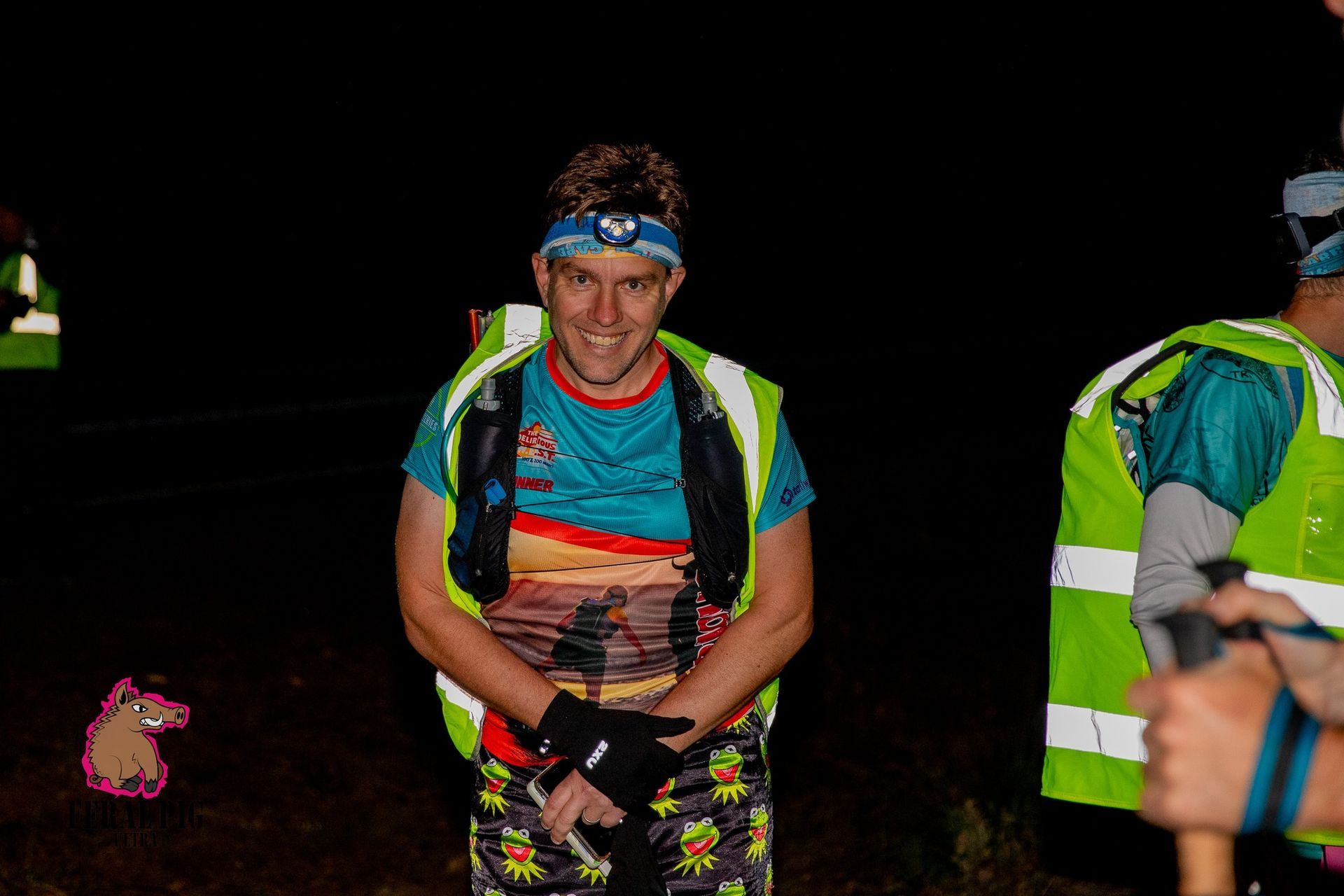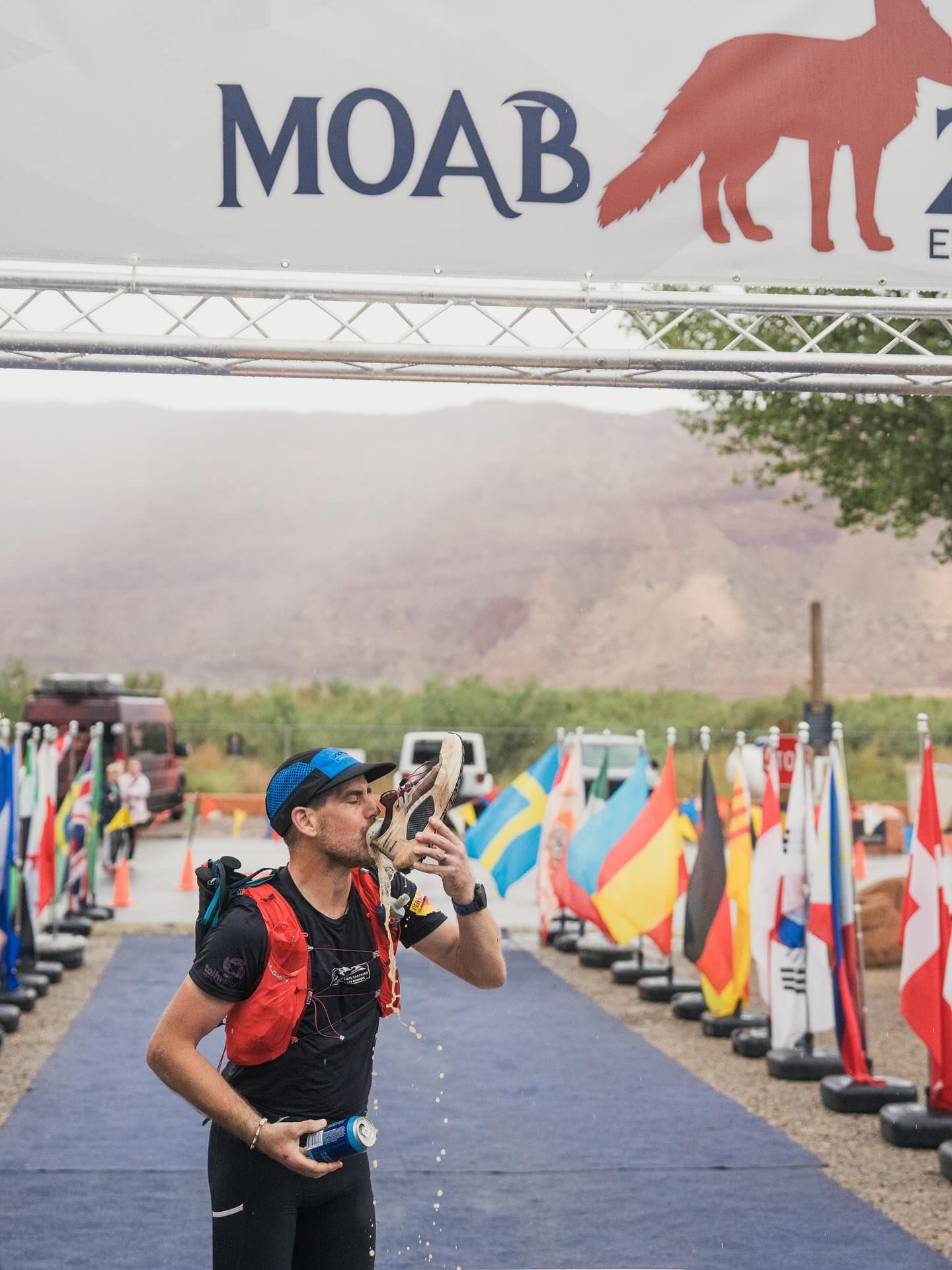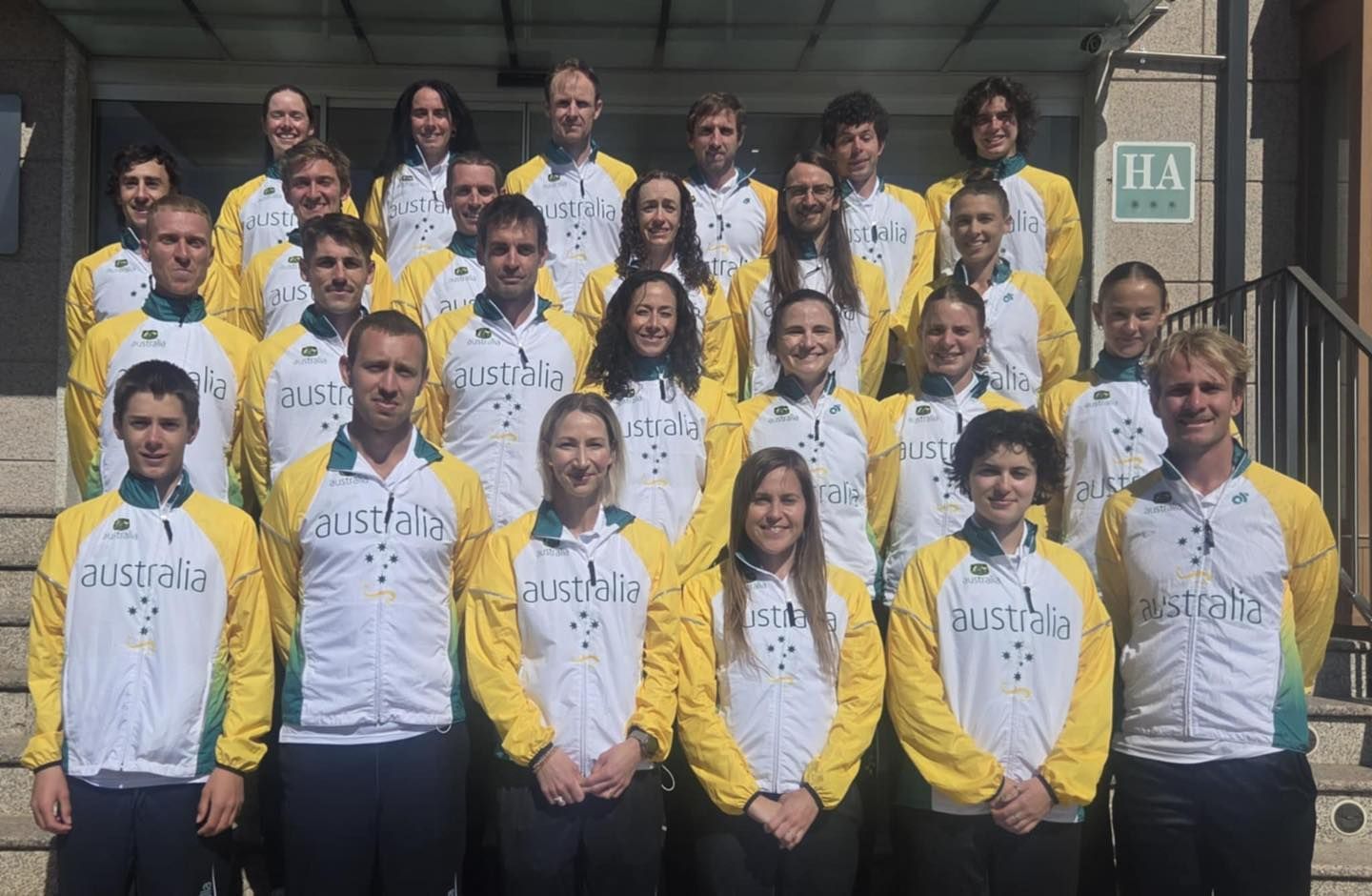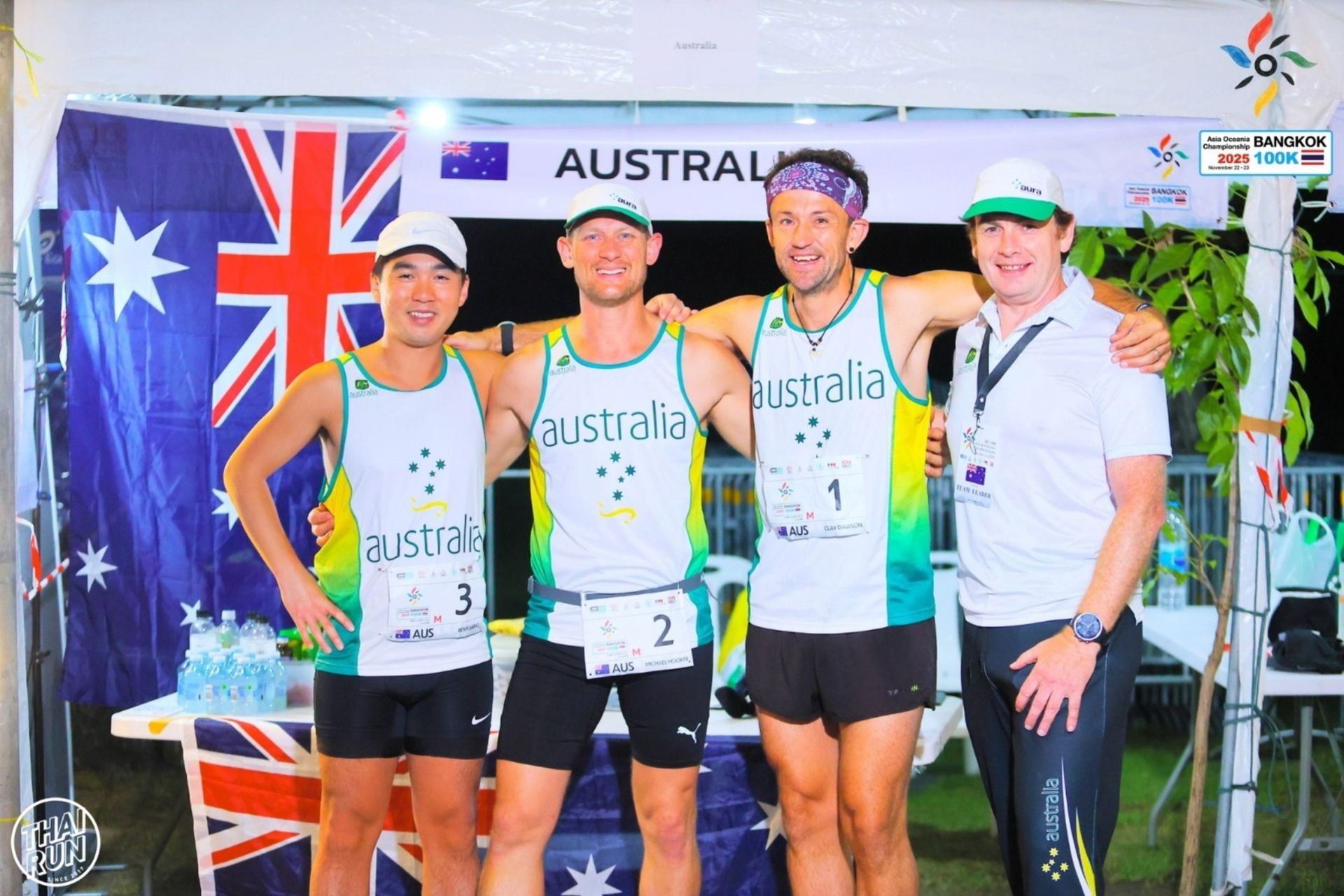Personally my days of that effort are long gone. Advancing years require a more measured approach, with regular rest breaks and a two-hour sleep period each day.
Memories of my 137-mile effort at the Dome in Anchorage, Alaska a few years ago are just that – distant memories of former speed.
The day started well at 7am as all the field lined up but by 10am there was increasing heat (over 20 degrees Celcius for most of the day) with little breeze, cloud cover or shade and it produced the inevitable slowing, and anxious wait for the sun to set, and cooler night time temperatures.
My plan called for a hoped for 65 miles on day one and 60 miles on day two for 125 miles or 200kms.
That benchmark dangled in front of me for several hours, but reality set in as the daytime heat increased.
By 7am on Saturday my total of 59 miles was adequate, but 125 miles wasn’t going to happen.
Saturday’s heat was a little more intense with again no breeze, absolutely clear and sunny skies, and very little shade until later in the afternoon, on the one long run through a row of tall grapefruit trees – everyone’s favourite section.
By mid-afternoon a bout of heat exhaustion, nausea and fatigue brought me to a standstill for about an hour.
Race staff kindly brought iced drinks and cooling towels in the shady aid station area.
Soldiering on after that rest break, and slowly strolling around the course, calculating pace and a possible 100 mile time, I realised that by 2am or so I should have 100 miles done, could take a two-hour rest, and then finish up with whatever bonus miles I could manage.
Plan carried out – 42 hour 100 mile (far cry from many years ago, and the 23 hour 100 mile at San Diego one day), two-hour sleep, and then another seven laps on a cool and starry night, enjoying the early morning quiet.
The final 107 mile total was quite acceptable, considering the early season heat.
It was my first real attempt at setting a 48 hour distance in my new 70-74 age group, and for that I was grateful to just be out there enjoying the companionship of fellow geriatric runners, all pondering the former times and distances now so completely unattainable.
Having taken US citizenship a couple of months ago, but not particularly following the USATF records, I was astounded to be informed that I had also broken the US record by adding 12 miles (20kms).
So a successful outing all around; no blisters, sore muscles or toenails, no chafing, just some sunburn and general fatigue.
My plan worked well too – hourly Hammer supplements, calories at two to three hour intervals, rest at 10 mile intervals, and a two hour sleep in the early morning. I have found that a caffeine pill, along with a Naprosyn and Tylenol every 12 hours works wonders for slight muscle and tendon soreness, monitoring of course kidney function.
No problems there, although I continued to unload fluid for the next couple of days.
Perhaps the only problem has been the effect of inhaling fine dust for two days – a sinus infection, and cough. It isn’t obvious until the night hours, when the head lamp illuminates the ambient dust being inhaled and exhaled by runners. I suspect I’m not the only runner dealing with this aftermath.
That said, I cannot recommend this event more highly. Race director Lambert Timmermans and his trusty sidekick Jean Ho present a wonderfully well-planned event.
The aid station food was continually changing with fresh offerings every time I went past. Jean couldn’t have been kinder, or more helpful, to the runners.
Lambert provided excellent timing, and continual encouragement.
I will return.


